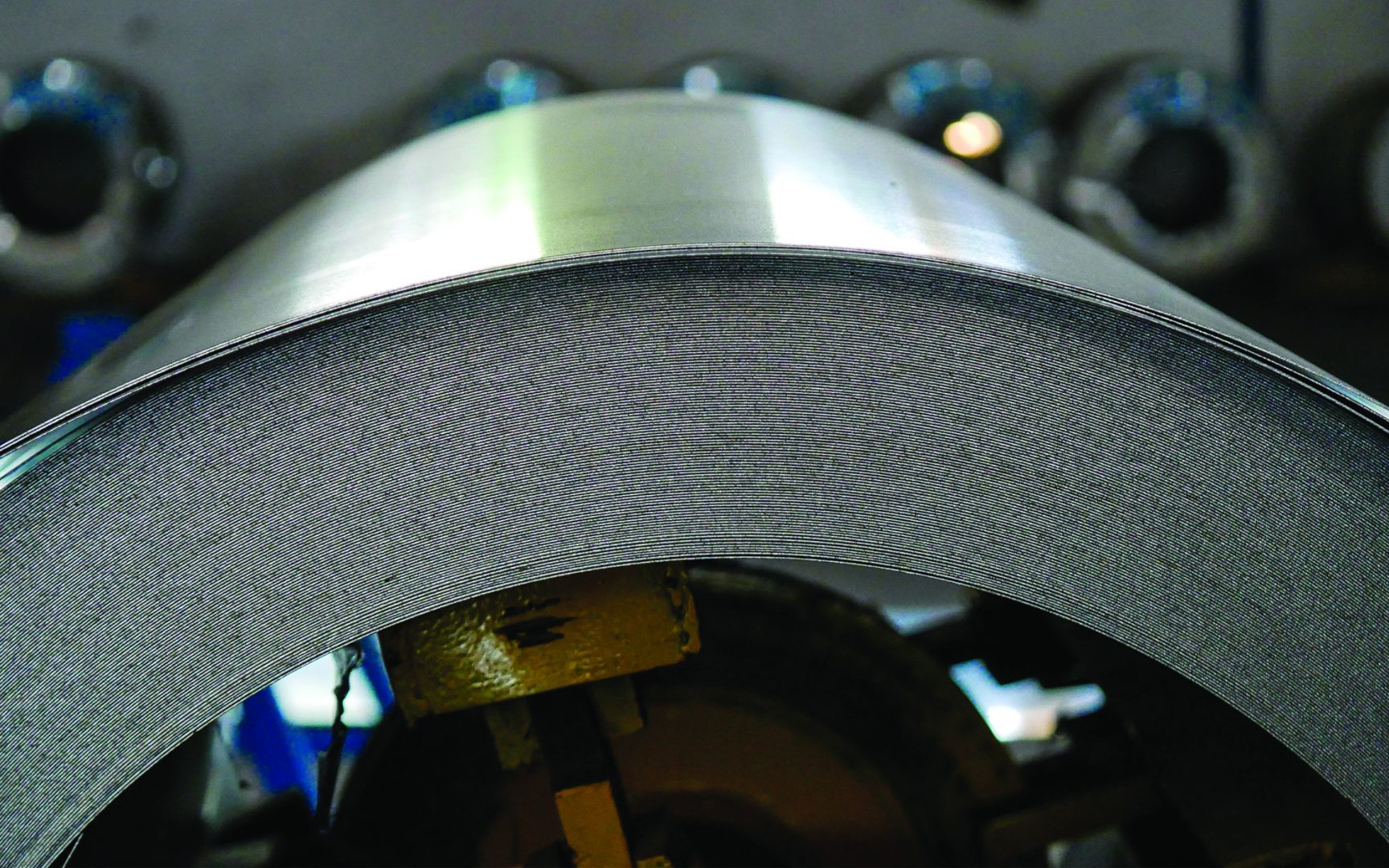Research Project Summary
Due to its long industrial past, the presence of toxic heavy metals in Camden (Moore et al., 2022) poses a potential threat to the health of its residents. According to a report on childhood lead exposure (NJDOH, 2021), 3.4% of the children (age<6 years) screened in the Camden municipality have an elevated blood lead level (>5?g/dL). The concentration of heavy metals in surface water peaks shortly after storm events (Li et al., 2012). Lateral migration of heavy metals in stormwater depends on various factors including land use and vegetation coverage, surface runoff volume, proximity to the historically contaminated sites, organic matter content in stormwater, water quality, and soil properties (Qiao et al., 2023). Understanding of heavy metal distribution in and around Camden after storm events is critical for population health; however, the cost of analysis limits the measurement of heavy metal concentrations.
Research Project Goals
The goal of the project is to develop machine learning (ML) models to predict heavy metal concentration, considering the factors influencing the lateral migration of heavy metals as inputs.
Research Project Objectives
1) The objective of the project is to develop machine learning (ML) models with the data measured in and around Camden to predict the heavy metal concentration at unmeasured location. 2) Impact the community by fostering awareness, collaboration, and advocacy concerning the risk of potential exposure to heavy metal contaminants.
